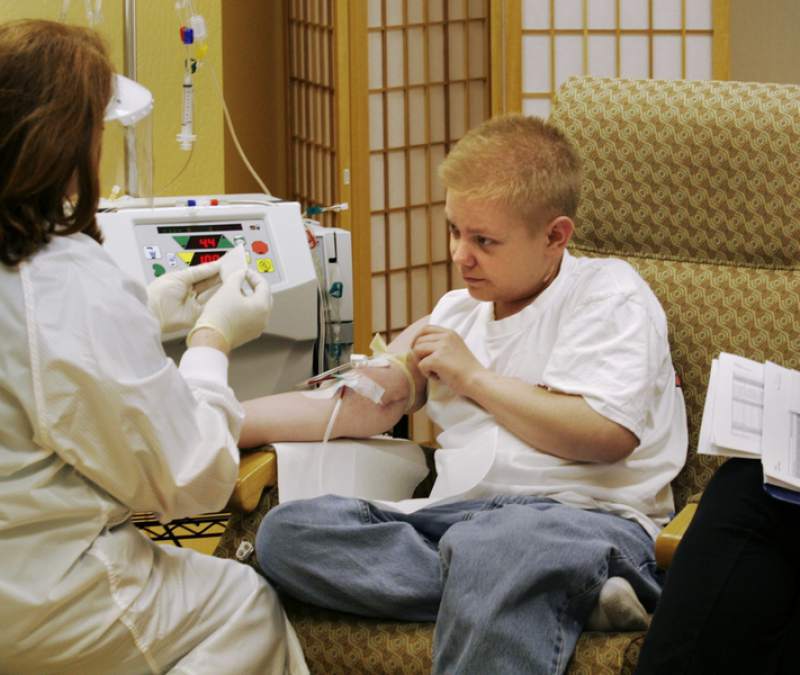Dialysis Care
We provide care for all dialysis modalities, including: In-Center Hemodialysis, Home Hemodialysis, Peritoneal Dialysis, and Nocturnal Hemodialysis.
To learn more about each dialysis modality, please see below.
In-Center Hemodialysis
In-Center Hemodialysis is the most common type of dialysis in the United States. Patients typically visit a dialysis center three times a week to receive treatment. During these treatments, two needles are inserted into the body: one brings blood out of your body and into the filter, called a dialyzer or artificial kidney, and the second returns the cleaned blood to your body.
Some centers even offer Nocturnal Dialysis, which is done three times a week at night while you are sleeping.
Peritoneal Dialysis
Peritoneal Dialysis, or PD, is the most widely used home dialysis treatment. It is a "bloodless" form of dialysis which patients can perform in the comfort of their own home.
There are two types of PD treatment. Continuous Ambulatory Peritoneal Dialysis (CAPD) is a manual process without the use of a machine. Automated Peritoneal Dialysis (APD), commonly called "cycler PD," is a similar process, but occurs automatically using a machine at night.
Home Hemodialysis
Much like In-Center Hemodialysis, Home Hemodialysis (HHD) replaces your kidney function by filtering your blood and removing wastes and excess fluid. Two needles are inserted into the body: one brings blood out of your body and into the filter, called a dialyzer or artificial kidney, and the second returns the cleaned blood to your body. The only difference is that the process can be performed in your own home after a period of training.
HHD can be performed for longer sessions every other day, shorter daily treatments five or six days a week, or during six-to-eight-hour treatments three or more times a week while you sleep.



